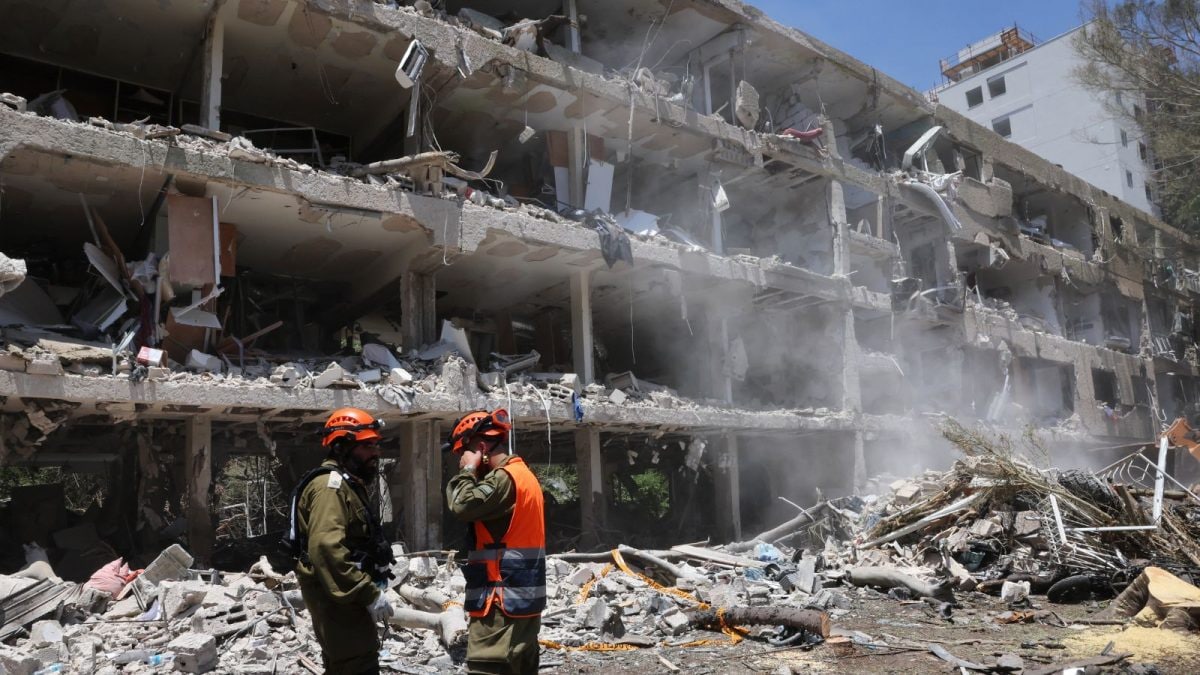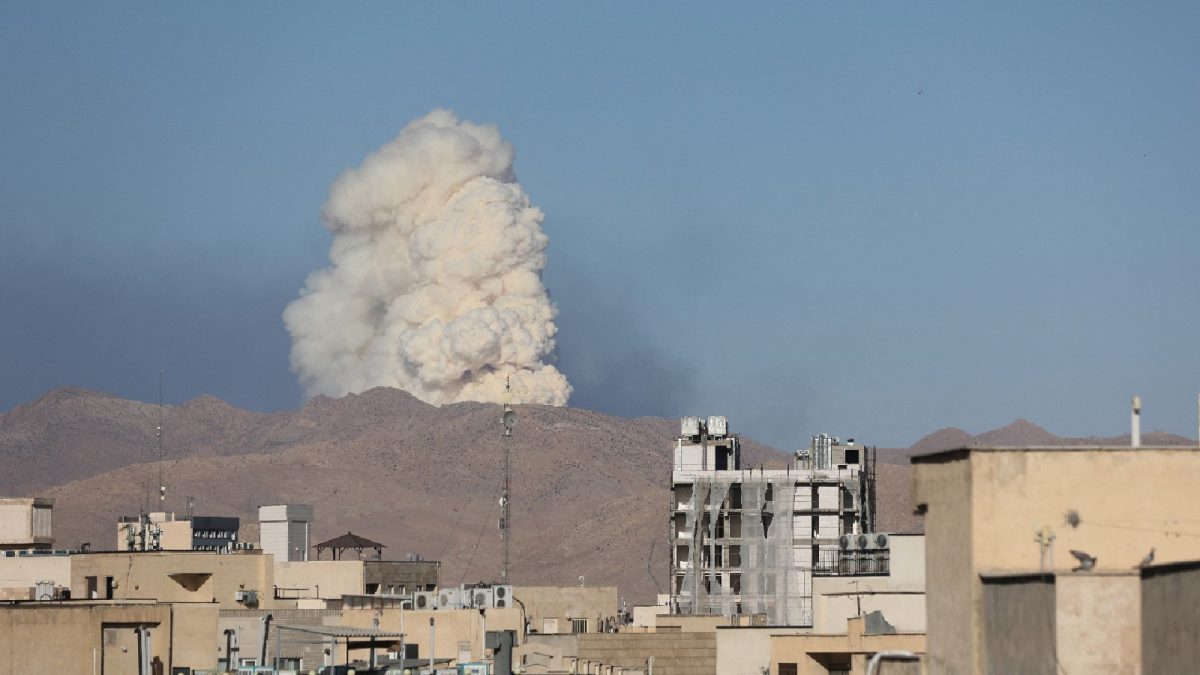The Pentagon successfully tested a long-range radar in Alaska to detect missile threats from Russia and China, advancing plans for the USD 175 billion Golden Dome missile defence system.

US President Donald Trump makes an announcement regarding the Golden Dome missile defense shield next to US Defense Secretary Pete Hegseth in the Oval Office of the White House in Washington, D.C. (Photo: Reuters)
The Pentagon has announced the successful testing of a new long-range radar system in Alaska, marking a significant step toward bolstering US defences against potential missile threats from enemies such as Russia and China.
The Long Range Discrimination Radar (LRDR), located at Clear Space Force Station in central Alaska, was able to acquire, track, and report data on a missile target during a test conducted on Monday, news agency Reuters reported citing the Pentagon.
The test was led by the US Missile Defence Agency in collaboration with the US Space Force and US Northern Command.
Developed by defence contractor Lockheed Martin, the LRDR forms part of the Ground-Based Midcourse Defense (GMD) system. The GMD aims to support missile interceptors already stationed in Alaska and California, which are tasked with countering threats from countries like Iran and North Korea.
During the recent flight test, a target developed by the Missile Defence Agency was launched over the Northern Pacific Ocean. It travelled more than 2,000 kilometres (1,243 miles) off Alaska’s southern coast, where it was successfully tracked by the radar system.
Pentagon officials say LRDR may eventually serve as a key sensor for the Golden Dome: an ambitious USD 175 billion missile defence program modelled after Israel’s Iron Dome. Unlike the Iron Dome, however, the Golden Dome aims to create a satellite-based network capable of detecting, tracking, and intercepting long-range ballistic missiles.
Despite its potential, the Golden Dome project has drawn political scrutiny and faces significant funding hurdles. Lawmakers and defence analysts have questioned both the timeline and the projected costs of the program, which is slated to become operational by January 2029.
Still, the successful radar test marks a milestone in US efforts to modernise its missile defence capabilities amid rising global tensions.
- Ends
Published By:
Aashish Vashistha
Published On:
Jun 25, 2025

 6 hours ago
6 hours ago


















